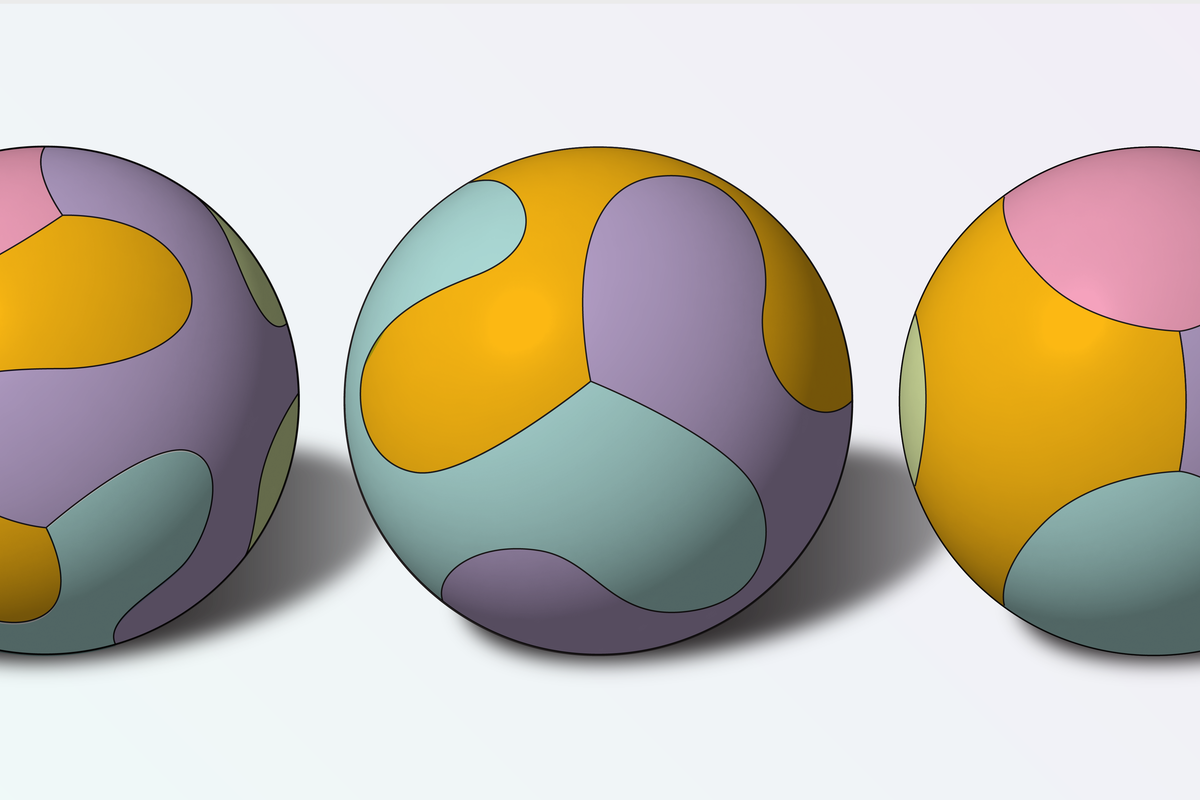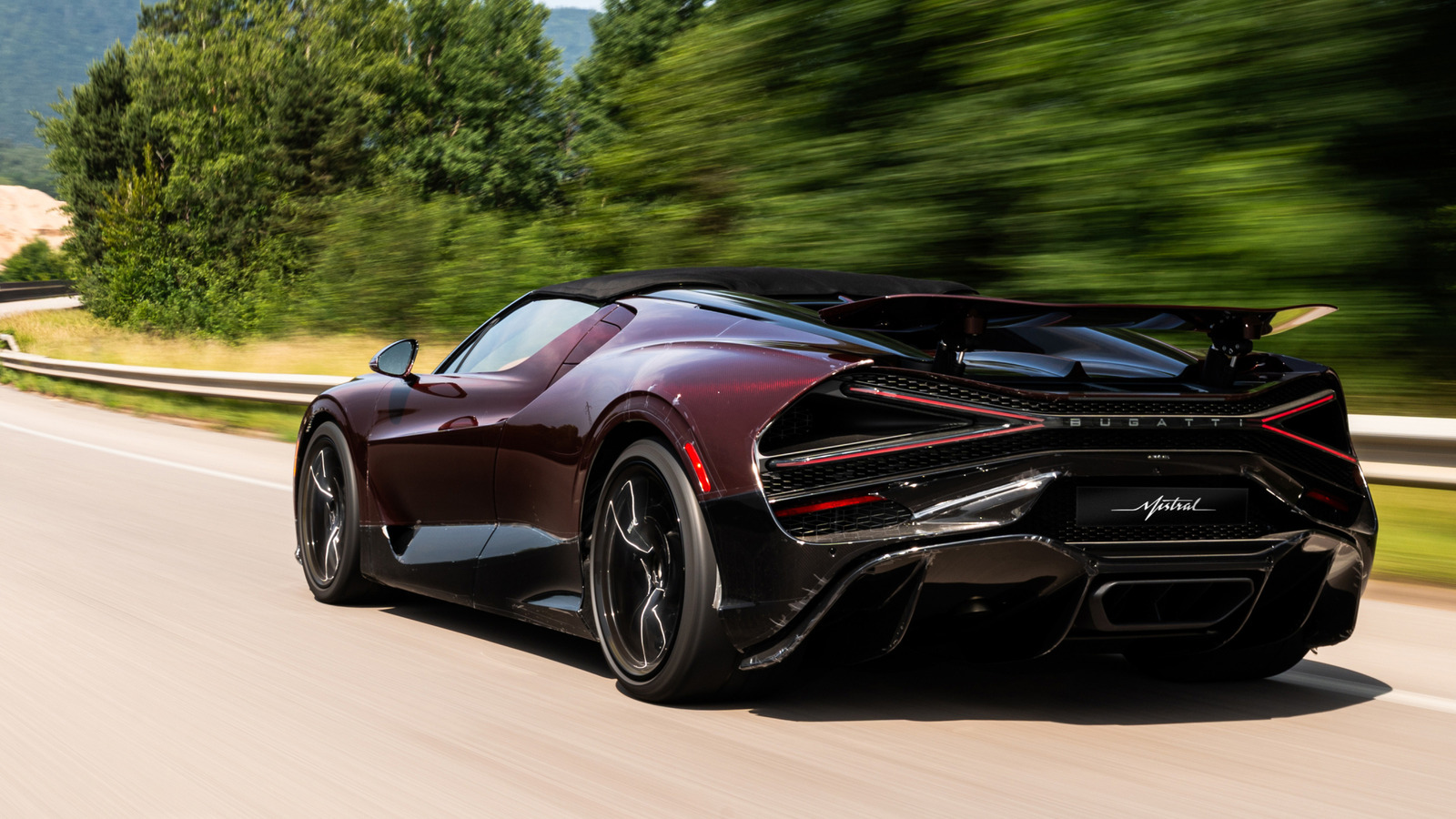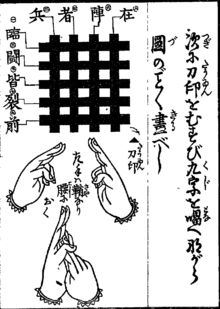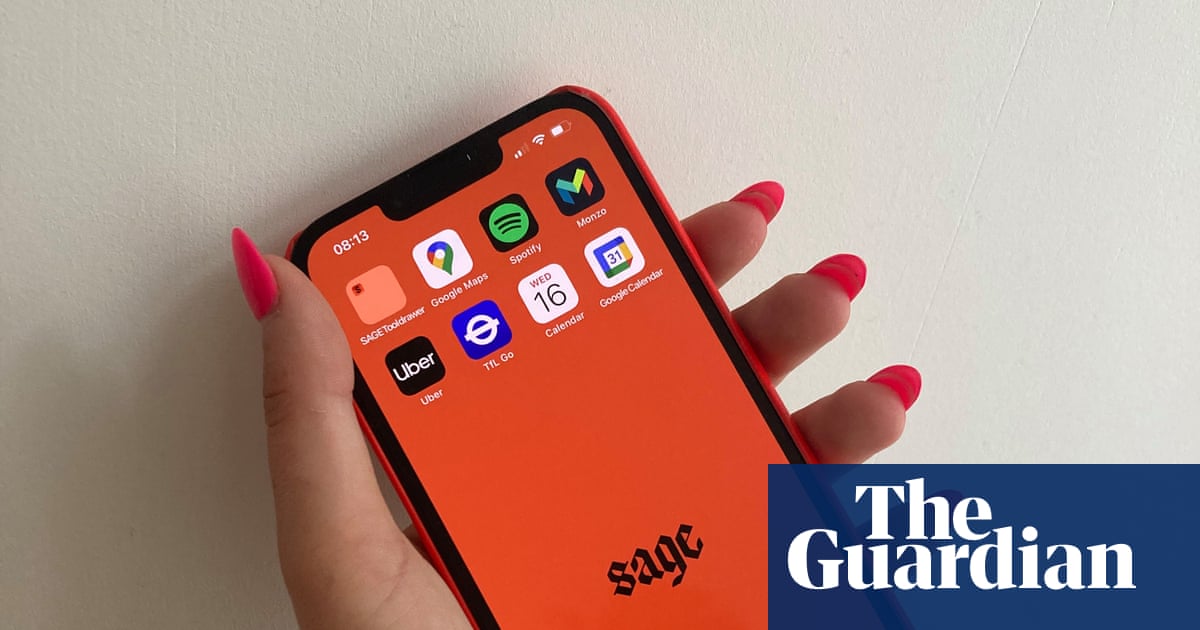
The Surprising Math and Physics behind the 2026 World Cup Soccer Ball
Here’s how the new tetrahedron-based design for the “Trionda” soccer ball may affect next year’s big game
Every four years, soccer fans eagerly await the sport’s biggest event: the International Federation of Association Football (FIFA) World Cup. But before each dramatic kickoff, artists and researchers spend years designing, testing and revising the official match ball. Recently images of the planned ball for the 2026 competition were leaked, and its design incorporates math, physics and style in some surprising ways.
Called the Trionda (Spanish for “triwave”), the new ball celebrates the three host nations—the U.S., Mexico and Canada—for the first multinational-hosted World Cup. The ball is stitched together from just four panels, the smallest number yet for a FIFA World Cup ball. And it represents a significant reduction from the 20-paneled Al Rhila ball that was used in 2022.
The design of any soccer ball hinges on an age-old question: How can one make rounded shapes out of flat material? Every FIFA World Cup ball so far has borrowed inspiration from some of math’s simplest three-dimensional shapes: the platonic solids. These five shapes are the only convex polyhedrons built from copies of a single regular polygon where the same number of faces meet at each corner.














